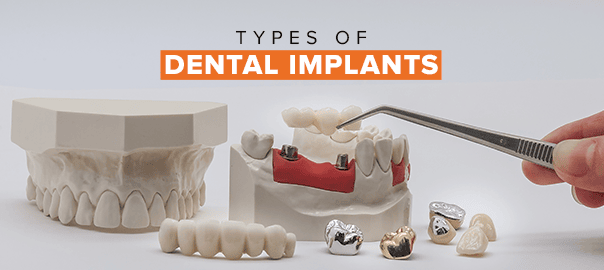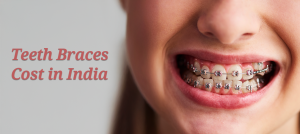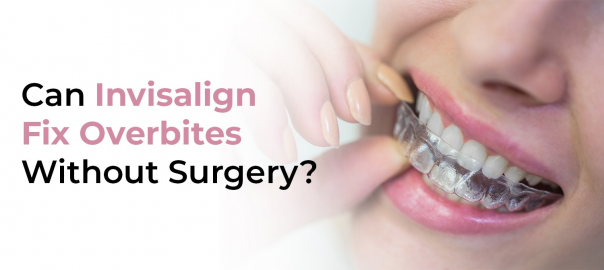
Your Guide for Dental Implant Types and Procedure
Dental Implants have become the most accepted way of replacing a missing tooth in the world of dentistry. They replace the tooth from the very root, thus replicating its function in the mouth thoroughly. Plus the fact that they come in a variety of sizes, shapes, and heights make them even more desirable than other means of replacing teeth in people.
While a single tooth implant is a common treatment for many, did you know that there are actually more than 1 kinds of dental implant? No, right? To help you understand the different types of dental implants and choices you have when it comes to replacing your missing tooth/teeth, here are all types of dental implants and procedures.
Types of Dental Implants
- Endosteal – The most commonly used type of dental implant, endosteal implants are made of titanium and are a small screw-like structure that is placed directly into the jaw bone. They can easily hold one or more artificial teeth.
- Subperiosteal – When the bone density is not enough to hold the implant in place due to an underlying condition or due to delay in getting an implant, a subperiosteal implant is used. It is placed under the gums but on or above the jaw bone.
Procedures of Dental Implant
- Single Tooth Replacement The most common form of tooth replacement is a single tooth replacement with a dental implant. A single implant is used with a dental crown to closely replicate a natural tooth.
- Multiple Tooth Replacement There are many cases where there are multiple teeth missing that need to be replaced. In this case, implant-supported bridges are used in the mouth.
- Full Teeth Replacement When a person is missing all their teeth, a complete edentulous arch is used. 4 to 6 implants are placed in the mouth to support a full mouth denture that helps in restoring the normal balance in your mouth.
- Ridge ModificationSome patients have a bony defect in their mouth, which is a way of saying that they don’t have enough bone in their mouth. The implantologist lifts up the gums from the ridge and fills the space with bone or a bone substitute to help build up the ridge. This is ridge modification, a procedure that helps support the implant when it is placed in the mouth.
- Sinus AugmentationTo place an implant in the maxillary posterior region with a maxillary sinus is quite a challenging task. To curb this, the sinus floor is lifted with the bone to easily place the implant. This procedure is called a sinus lift or sinus augmentation.
As a patient, it is your right to understand what you are up for whenever you go in for a procedure. Knowing your options helps you prepare for a better outcome and helps you in understanding what you should be expecting from your tooth implant procedure. To get the best service for dental implants, walk into your nearest Clove Dental Clinic today and get treated by professional implantologists with decades of experience. Book your appointment today.





















